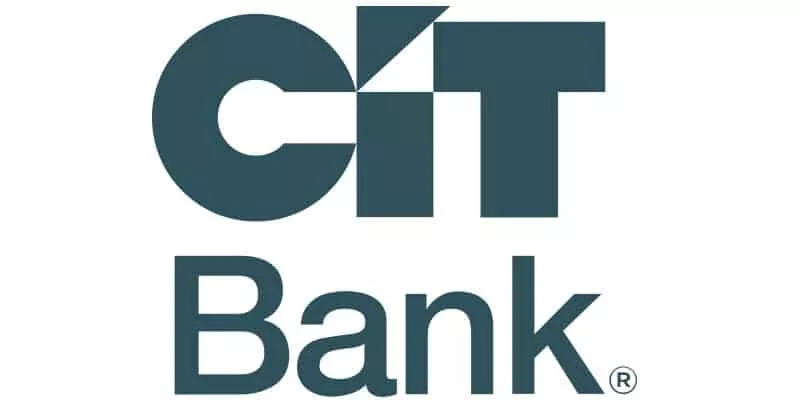When banks loan money to borrowers, there's a cost to that money. Interest rates affect the cost of loans.
What are interest rates?
Interest rates are the annual cost of a loan to a borrower typically noted as the annual percentage rate (APR). You borrow money from banks when you take out a home mortgage, buy a car, take out a personal loan or pay for education. Generally, interest rates are higher when the economy is doing well and lower when the economy is struggling.
But interest rates also apply to the amount earned at a bank or credit union from a savings account, high-yield checking, money market account or certificate of deposit (CD). Banks borrow money from customers in the form of deposits, and interest is what they pay customers for the use of the money deposited. Money from deposits is used to fund loans.
Interest rates vs. APR
An interest rate tells you how much you pay each month while the APR tells you the total you pay over the life of the loan. Like an interest rate, the APR is expressed as a percentage. The APR does not consider compounded interest for the year.
However, the APR includes other charges or fees such as mortgage insurance, most closing costs, discount points and loan origination fees. Borrowers can use the APR as a good basis for comparing certain costs of loans.
Why You Should Care About Interest Rates
Interest rates affect how much money you make and save. For example, if you borrow $5,000 at an interest rate of 7 percent for a one-year term, you will pay $192 in interest for a total of $5,192 to repay the loan. However, if you borrow $5,000 at an 15 percent interest rate, you will pay $416 in interest for a total of $5,416 to repay the loan.
Credit scores play a big role in determining what interest rate a lender charges you for a loan. In general, consumers with higher credit scores receive lower interest rates than consumers with lower credit scores. Lenders use your credit scores to predict how likely you are to pay a loan back on time.
Average loan rates as of October 24, 2022
Average personal loan interest rates by credit score
[spbtbl_sc id=3]
Average mortgage 30-year fixed rate by credit score
[spbtbl_sc id=4]
APR Source: Informa FBX, LLC. Data is obtained from public sources; accuracy and completeness is not guaranteed.
How Interest Rates Work
Interest rates can be very competitive. Banks will charge higher interest rates if it thinks there's a lower chance the debt will get repaid. Unsecured credit cards and personal loans tend to have higher interest rates because no collateral is required to back the loan. But the higher your credit score, the lower the interest rate you will have to pay.
Fixed interest rates. Fixed rates remain the same throughout the entire term of the loan.
Variable interest rates. Variable rates change with the prime rate which is the interest rate that banks use as a basis to set rates for different types of loans, credit cards and lines of credit. When the rate rises, so will the payment on your loan.
How interest rates are determined. In the U.S., interest rates are determined by the Federal Open Market Committee (FOMC), not the banks. The FOMC consists of seven governors of the Federal Reserve Board and five Federal Reserve Bank presidents. The FOMC meets eight times a year to determine monetary policy and interest rates.
Currently the Federal Reserve is increasing the cost of borrowing which influences interest rates mortgage, vehicle, personal and business loans along with credit cards, in order to slow down the rise in prices, known as inflation.
When borrowing money is more expensive there is less demand for money resulting in cooling off a hot economy. Lowering interest rates, on the other hand, makes money easier to borrow, stimulating spending.














